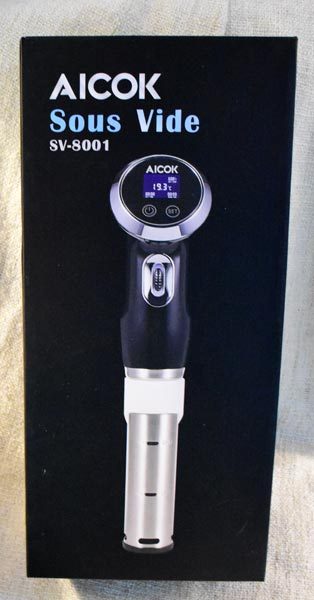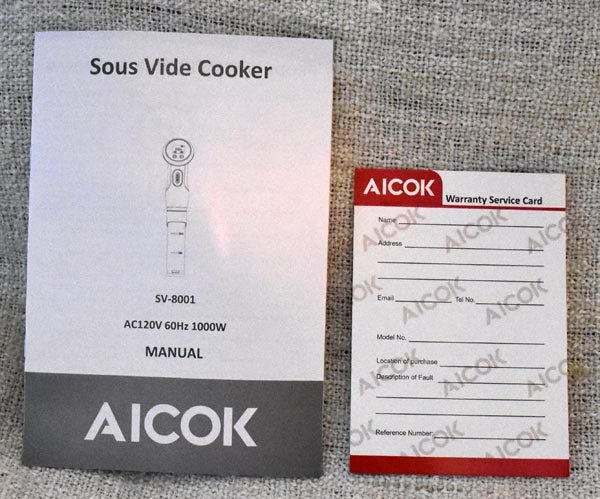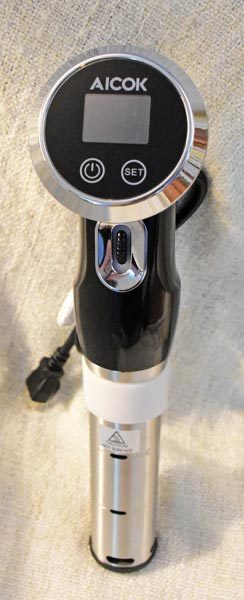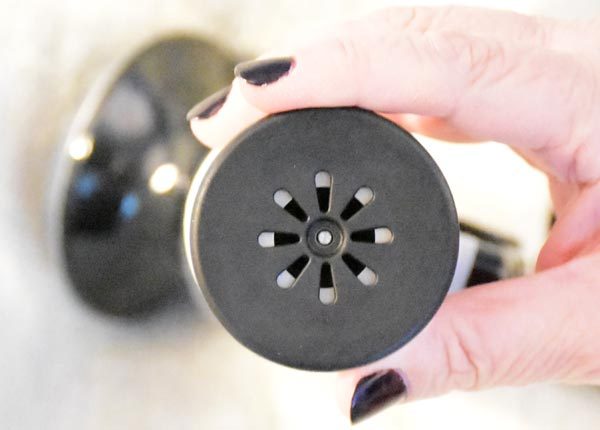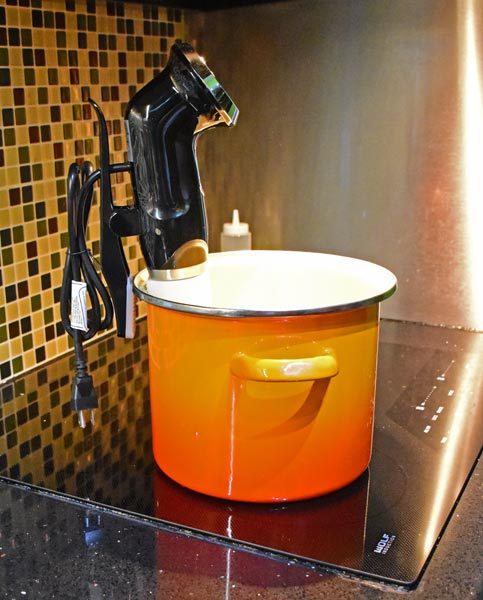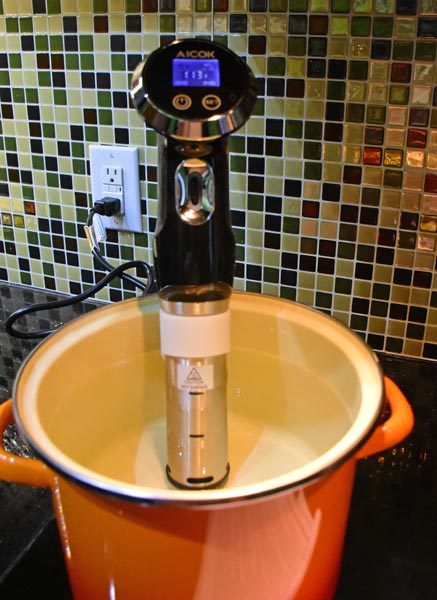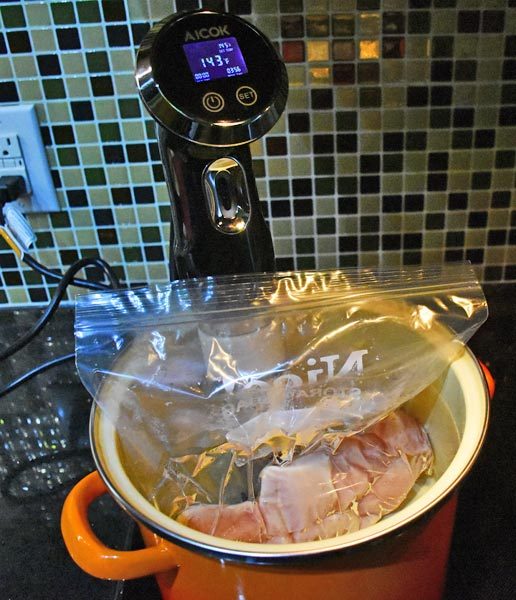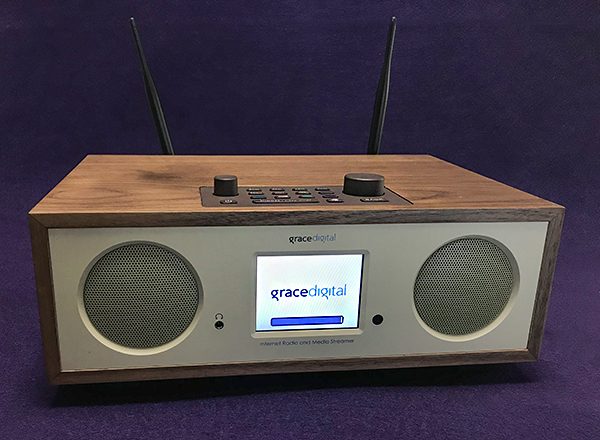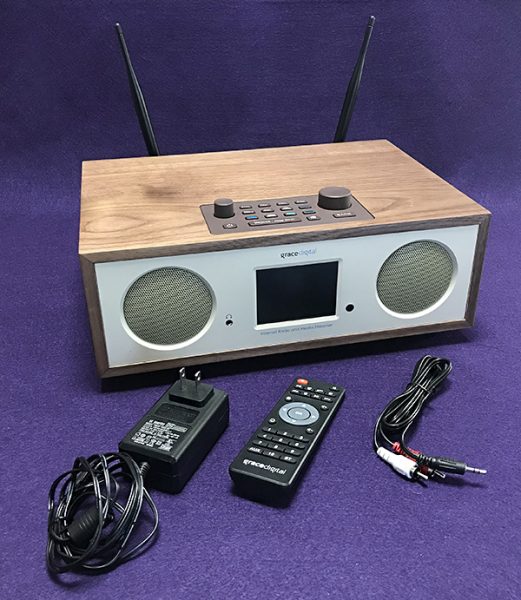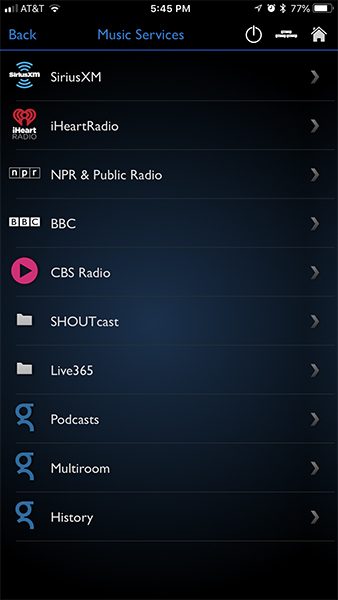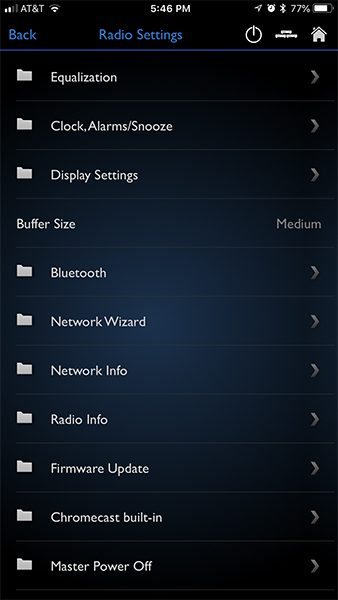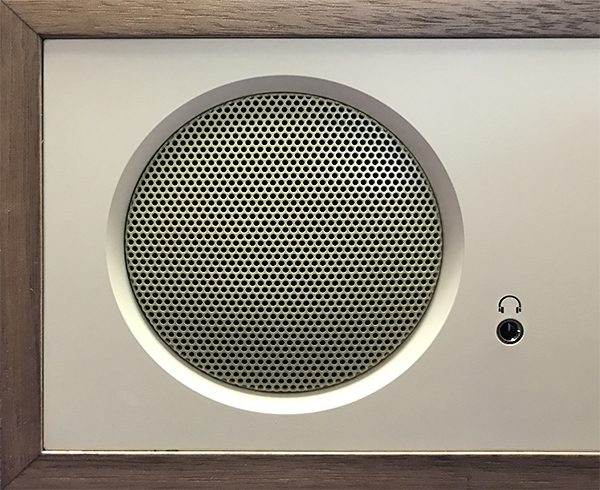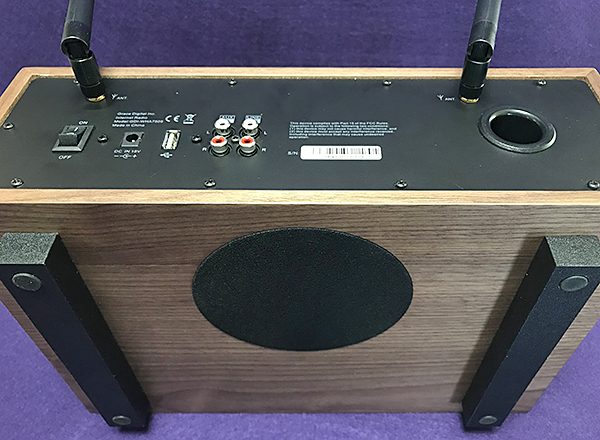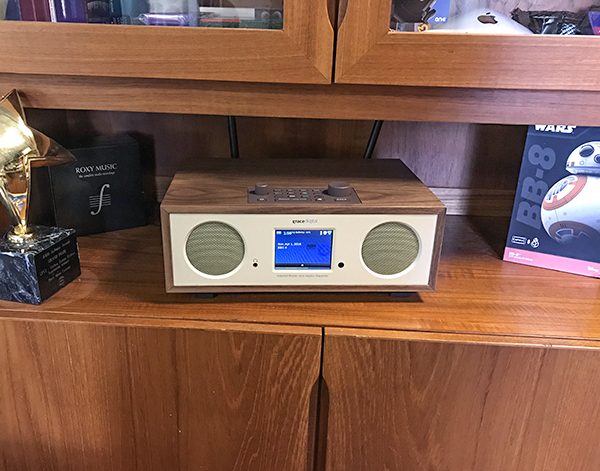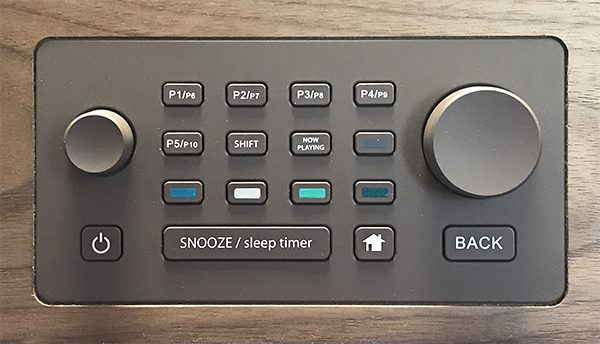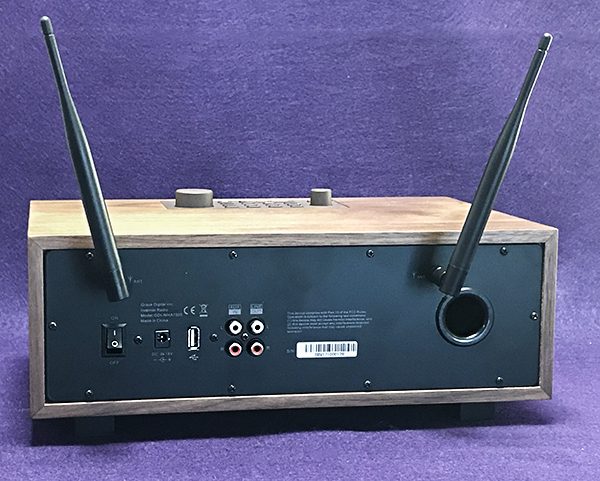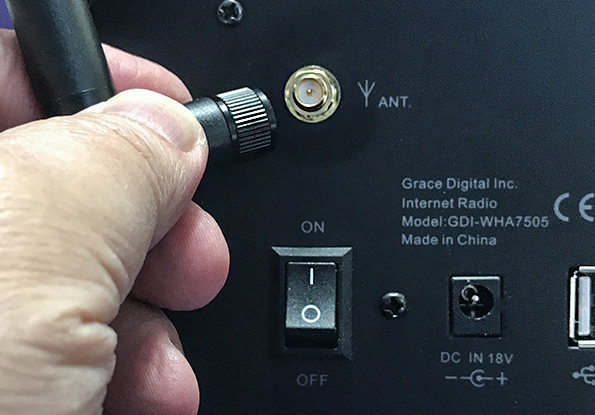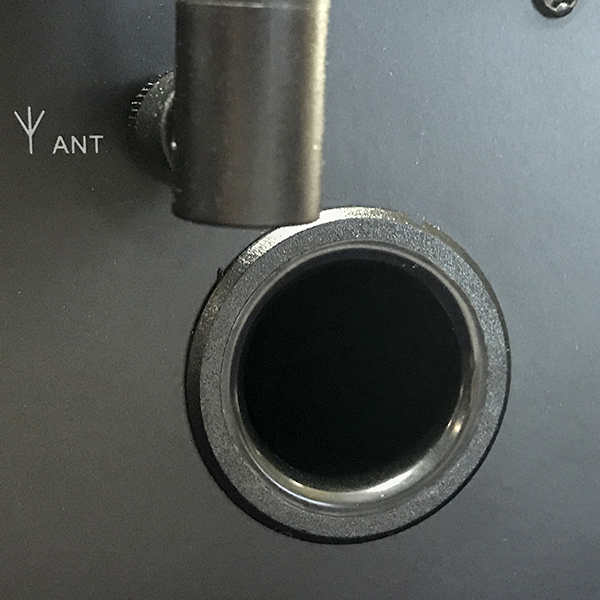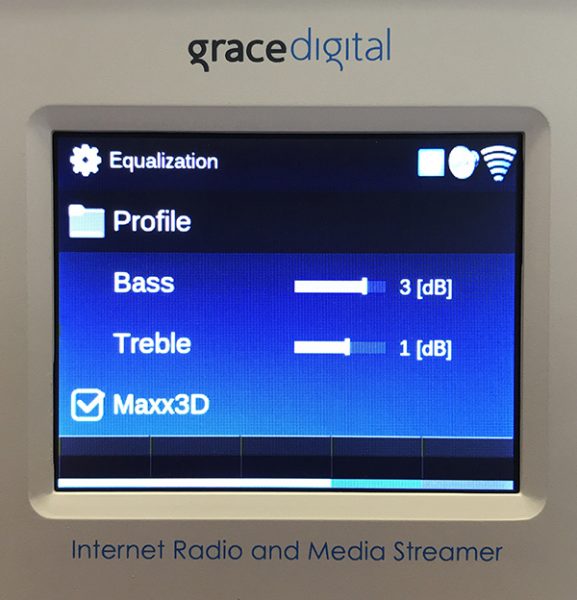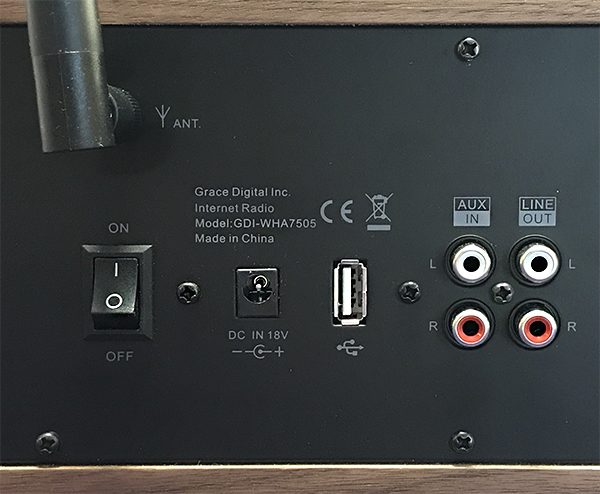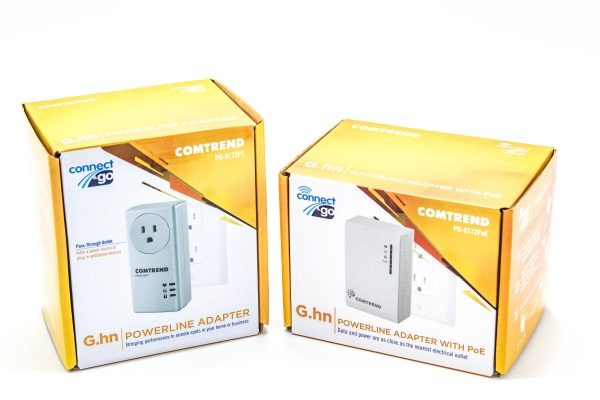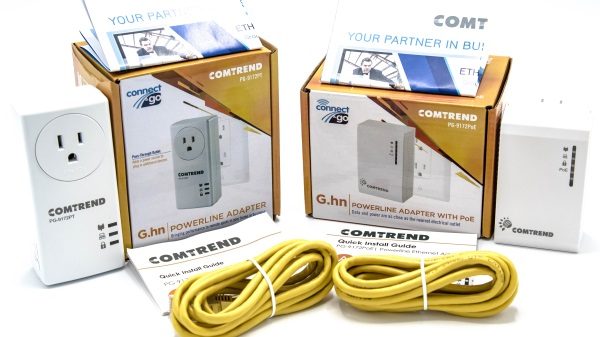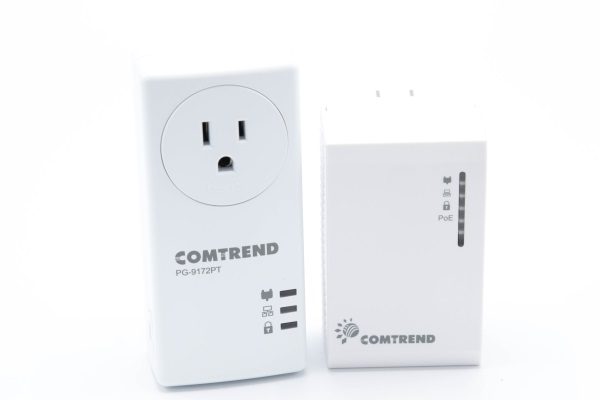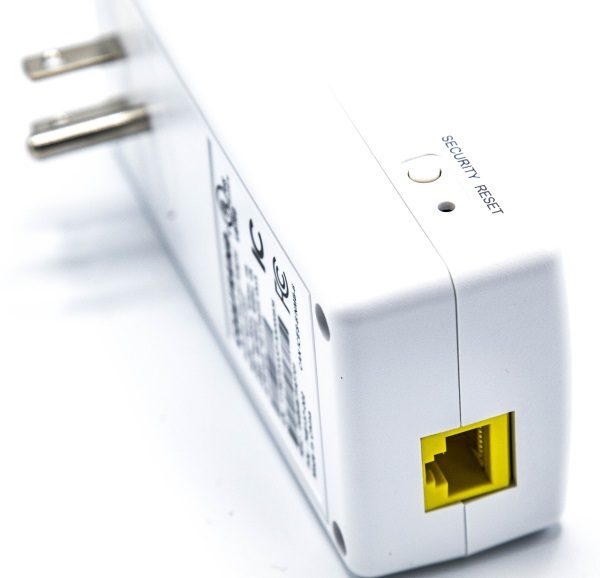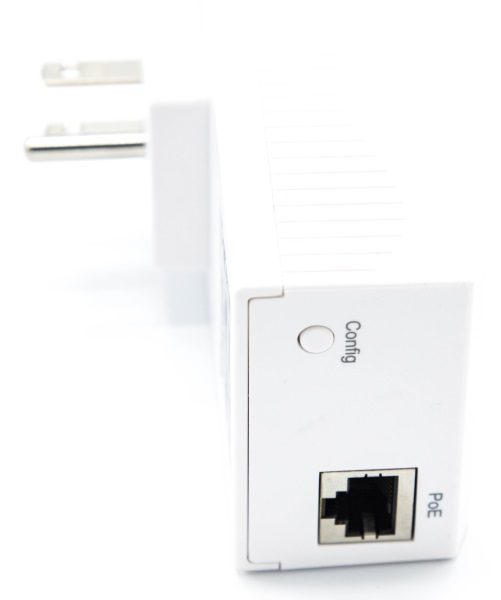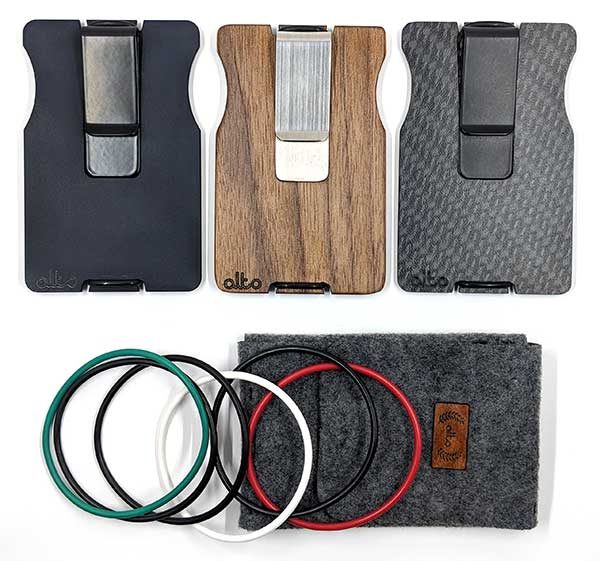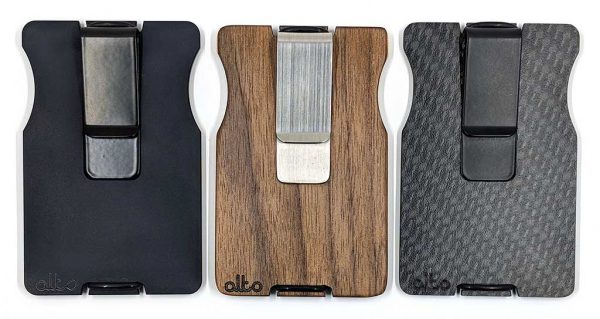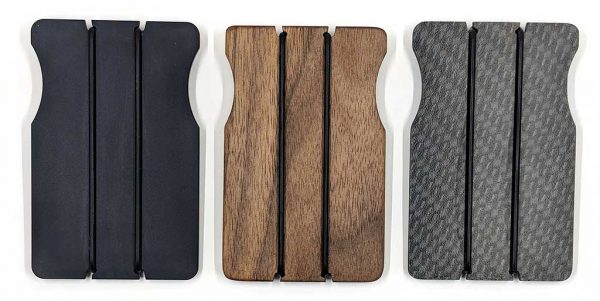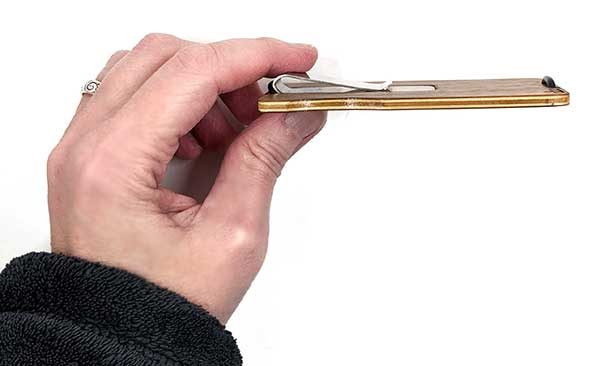Living all my life in the southern United States, I grew up eating my mother’s fried chicken, which is so often considered a staple of southern cooking. My mother’s chicken was great – juicy, tender, well-done, and tasty. I didn’t quite inherit my mother’s skills, and I was never able to produce fried chicken as good as hers. I often ended up burning the breading because I was worried the chicken would be undercooked. I always felt that cooking the chicken first would result in a better frying result, but I wasn’t sure how to “pre-cook” it for best results. Instead of finding some new-age type of cooking method, I found an old method that’s just what I needed. Aicok offered The Gadgeteer the perfect tool for my dilemma – their Sous Vide Cooker.
What is it?
What is sous vide? It sounds fancy and difficult. In French, sous vide means “under vacuum”. Sous vide cooking, at least in a home kitchen, doesn’t actually involve a vacuum. It does require food to be in a sealed bag, which floats in a heated water bath. The heated water cooks the food to a specified degree of doneness at a set temperature point. Because the water is heated directly, it’s easier to reach and maintain a steady temperature than it is in an oven or on a cooktop, where the temperature can experience wide swings as it tries to heat the air in the oven or transfer heat inefficiently through a metal pot on the stovetop.
Hardware specs
What’s in the box?
- Sous vide cooker
- Manual with some cooking instructions
- Warranty card
Design and features
The cooker looks a bit like a short, stocky walking stick. The metal post is submerged in the water bath, and the holes you see along the length, plus the holes in the bottom…
… allow the water to flow in for heating and then out to circulate through the bath.
The display has a touchscreen with a power button and a settings selection button. The dial on the front under the display is used for adjusting temperatures, delay time, and cooking time. The machine defaults to displaying temperature in Celsius, but you can switch it easily to Fahrenheit if desired.
The back of the Aicok has a big clip to attach it to the side of the cooking vessel. The clip is lined with silicone to prevent scratching your cookware.
Setup
To cook, you’ll need a pot that’s 7.5″ or deeper and holds between 3 – 20 liters. You can actually purchase special plastic pans designed for sous vide cooking, some with lids custom-designed to accommodate a particular brand of cooker. I just used my Le Creuset stockpot. I clipped the sous vide cooker to the side of the pot using the clip on the back of the Aicok, then I filled the pot with room temperature water, making sure I had it filled up to the max fill line. (You’ll see an image below with an E04 error message I got before I made sure I had the right amount of water in my pot.)
You can set the cooking temperature between 32°F and 203°F and the cooking time from 1 minute to 99 hours. You use the delay-time function to hold the food and water bath at room temperature before the bath starts heating. This delay allows you to have the food just finishing cooking when you get home. I didn’t use this delay function. I will be cooking meat almost exclusively with the Aicok, and I will not leave meat at room temperature very long before cooking it.
The point of sous vide cooking is to hold food at a perfect temperature for long enough to get it cooked thoroughly. Different meats need to reach different temperatures and be held there for differing amounts of time to be cooked thoroughly. The nice thing about sous vide is that your food will be held at that temperature until you are ready to use it, so there are no worries if it is held a few minutes or even an hour at that temperature. The food won’t cook anymore with additional time.
You put the food in a closed plastic bag. Even a standard zipper-type bag will work, though you could vacuum seal it if you have a vacuum food -saver machine. You need the closed bag to hold in the food’s own juices to prevent it from drying out as it cooks, but you need to be sure the bag is securely closed so no water gets in from the bath. Meat boiled in water is far different from meat cooked in its own juice.
I bought a sous vide cookbook for ideas for cooking various foods, but I really most want the cooker for chicken. When it’s cooked too long with traditional methods, chicken can get dry and tough. I want to use the sous vide to get the chicken thoroughly done, so all I need to do is just brown it or bread-and-fry.
You can marinate meat before cooking it, but you should place only the meat in the plastic bag. Squeeze out all the air from the bag that you can, then zip it up.
I set the Aicok to cook the chicken at 144 degrees for four hours. I checked the bath temperature periodically during the cooking time. Unfortunately, I didn’t have anything that could monitor and record temperature continually, so I just checked it with a candy thermometer. Every time I checked, it was within a degree of my set point.
I chunked up whole, boneless chicken breasts (just over a pound in weight) before placing them in a gallon-sized zipper bag. When the Aicok beeped to let me know it had reached temperature, I put the bag in the stockpot and left it. I was a bit concerned that the meat didn’t submerge completely in the water bath. In the above image, you’ll see the chicken has started to cook just a bit. I left it alone for four hours, other than quickly checking the bath temperature periodically. The Aicok beeped again to signal the end of the cooking time, then it turned itself off.
Performance
This is how the chicken looked after four hours in the sous vide bath. The amber liquid cooked out of the chicken. You can see the meat is very pale and a bit unappetizing in appearance, but I plan to fry it up before eating.
I took out a piece and cut it to check the degree of doneness. The chicken was thoroughly cooked and very moist and tender.
I dredged the chicken in some flour and herbs and spices and fried it. It took no time to fry – just long enough to brown the flour coating. The fried chicken was still moist and tender and completely done inside, and it was beautifully browned outside. It was perfect fried chicken!
My entire family agreed it was the best fried chicken we had made at home, and we all agreed we shouldn’t make anything with chicken without first pre-cooking it in the Aicok sous vide. This moist chicken works equally well in a stir-fry, and it’s great quickly sautéed in a pan or quickly browned under the broiler. I haven’t tried it with other meats yet, but pork chops will be my next venture.
I had originally thought that a sous vide cooker would be perfect for preparing steaks for grilling, but it won’t work for my family. I thought I’d be able to put my steak in first to cook for a while, then put my daughter’s in for a while, then finally my husband’s for just a short while before throwing them on the grill. That’s not how sous vide cooking works, though. A rare steak would need one temperature, a medium rare another temperature, and a medium-medium well would need a third temperature. Steaks aren’t meant to be for us, but it will make our other meals much easier and tastier.
What I like
The Aicok SV-8001 sous vide cooks meat perfectly while leaving it tender and juicy, so it’s ready for just a quick searing or quick breading and frying.
What needs to be improved
The Aicok SV-8001 sous vide cooker works great, I can’t think of anything I would change. I do wish the manual had more guidance for cooking foods. The online manual (the only type I ever use) doesn’t even have time/temp information for chicken.
Final thoughts
Sous vide cooking is a great, relatively hands-free method of pre-cooking meats (or vegetables) for use in recipes. It takes a while to actually cook in the sous vide, but it really is set-it-and-forget-it cooking. If you aren’t home to start the cooker a few hours before you’re ready to cook dinner, you can cook the food in the Aicok the night before while you’re reading or watching TV then throw it in the fridge until you’re ready to cook the next day.
Price: $79.88
Where to buy: Amazon.
Source: The sample of this product was provided by Aicok.
The post Aicok SV-8001 Sous Vide Cooker review appeared first on The Gadgeteer.
Filed in categories: Reviews
Tagged: Cooking, Home and Kitchen
Aicok SV-8001 Sous Vide Cooker review originally appeared on The Gadgeteer on April 14, 2018 at 2:54 pm.
Note: If you are subscribed to this feed through FeedBurner, please switch to our native feed URL http://the-gadgeteer.com/feed/ in order to ensure continuous delivery.

